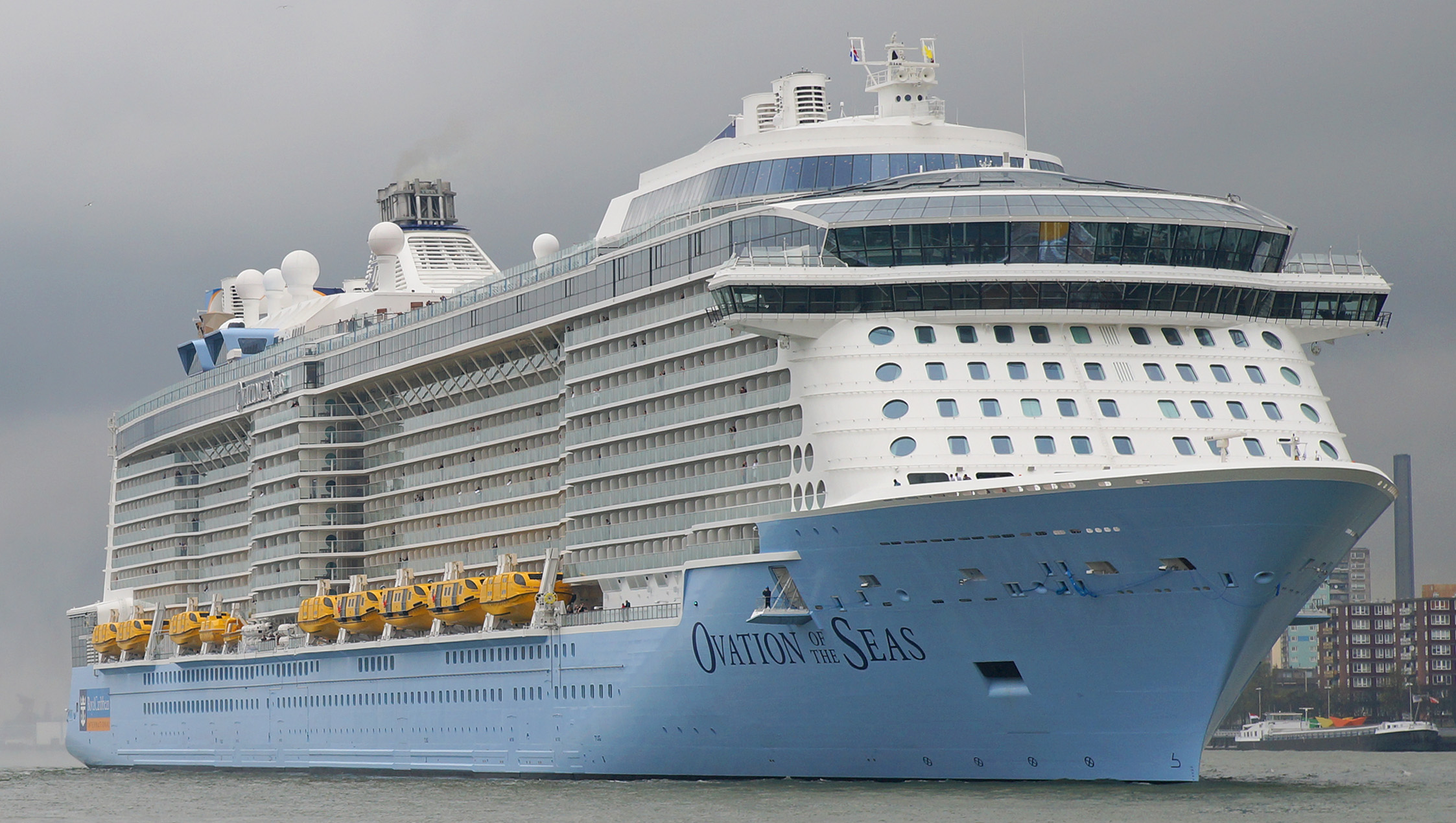Cruise ships, those floating marvels of modern engineering, are notorious for their voracious appetite for fuel. Have you ever wondered just how much fuel one of these behemoths can gulp down in a single day? The numbers might surprise you. Stay tuned to unravel the complexities behind the staggering fuel consumption of these oceanic giants and discover the intricate factors that influence their insatiable thirst for energy.
Fuel Consumption Overview
When examining the fuel consumption of cruise ships, it’s essential to understand the intricate factors that influence this vital aspect of maritime operations.
Fuel economy on a cruise ship is highly dependent on its cruising speed. The cruising speed of a ship directly impacts the amount of fuel required to propel it through the water. Generally, the higher the cruising speed, the more fuel is consumed per hour of operation.
Cruise lines carefully calculate the most efficient cruising speed for their ships to balance passenger comfort and fuel efficiency.
Efforts to improve fuel economy on cruise ships often involve optimizing cruising speeds. By fine-tuning the speed at which a ship operates, cruise lines can achieve significant fuel savings over the course of a voyage.
Advanced technology, such as streamlined hull designs and more efficient propulsion systems, also play a vital role in enhancing fuel efficiency.
Through a combination of strategic speed management and innovative technological solutions, cruise ships can minimize their environmental impact while maximizing operational efficiency.
Factors Affecting Fuel Usage
To comprehend the intricacies of fuel usage on cruise ships, a thorough examination of the various factors influencing this important aspect is imperative.
Crew training plays a fundamental role in fuel efficiency, as well-trained crew members can optimize operations to reduce consumption.
Voyage planning is essential; efficient routes and speeds can greatly impact fuel usage.
Weather conditions also affect fuel consumption, with rough seas or strong winds increasing the energy needed to propel the ship.
Regular hull maintenance is necessary to prevent drag, which can lead to higher fuel consumption.
Engine efficiency plays a considerable role in determining how much fuel is consumed per unit of power generated.
Additionally, the weight of cargo onboard directly impacts fuel usage, with heavier loads requiring more energy to transport.
Understanding and optimizing these factors can lead to significant fuel savings for cruise ships.
Types of Fuel Used
The types of fuel utilized by cruise ships play a pivotal role in determining their overall fuel consumption rates and environmental impact. Marine fuel, also known as bunker fuel, is the most commonly used type of fuel in the cruise industry due to its high energy density. This heavy oil is cost-effective but has significant environmental drawbacks. It emits sulfur oxides, nitrogen oxides, and particulate matter, contributing to air pollution and acid rain.
In recent years, there’s been a push towards adopting fuel alternatives to mitigate these environmental concerns. Liquefied Natural Gas (LNG) is one such alternative that’s gaining popularity among cruise lines. LNG produces lower emissions of sulfur oxides, nitrogen oxides, and particulate matter compared to traditional marine fuels.
Additionally, some cruise companies are exploring the use of biofuels derived from renewable sources to reduce their carbon footprint. As the industry continues to prioritize sustainability, the adoption of cleaner fuel alternatives will likely increase.
Environmental Impact Analysis
Evaluating the environmental impact of cruise ship operations involves an extensive analysis of the emissions released into the atmosphere and their corresponding effects on air quality and climate change.
Cruise ships are significant contributors to carbon emissions due to the large quantities of fossil fuels they consume. These emissions include sulfur dioxide, nitrogen oxides, and particulate matter, which can have detrimental effects on both human health and the environment. Sustainable practices, such as utilizing cleaner fuels like liquefied natural gas (LNG) or implementing exhaust gas cleaning systems, can help reduce these harmful emissions.
To quantify the environmental impact, researchers use sophisticated models to estimate the amount of carbon emissions produced by cruise ships during their voyages. These models consider factors such as fuel type, engine efficiency, and cruising speed.
Fuel Efficiency Innovations
Implementing fuel efficiency innovations is essential for reducing the environmental footprint of cruise ships. One key strategy is the adoption of alternative fuels, such as liquefied natural gas (LNG) or biodiesel, which produce lower emissions compared to traditional marine diesel.
By utilizing alternative fuels, cruise ships can greatly decrease their carbon footprint and contribute to a more sustainable maritime industry.
Another important fuel efficiency innovation is energy recovery systems. These systems capture waste heat generated during the ship’s operations and repurpose it to power onboard systems, reducing the overall energy consumption.
Frequently Asked Questions
How Does a Cruise Ship Dispose of Leftover Fuel?
When considering fuel management on a cruise ship, it’s essential to address how leftover fuel is disposed of to minimize environmental impact. Proper procedures involve separating and storing different types of fuel for reuse or safe disposal, following strict regulations.
Do Cruise Ships Have Emergency Fuel Reserves?
In the event of fuel shortages, cruise ships implement emergency protocols that may include tapping into reserves. These reserves are carefully managed to guarantee fuel efficiency while providing a safety net for unforeseen circumstances at sea.
Can Cruise Ships Use Alternative Fuels?
You can explore alternative fuel technologies for cruise ships to reduce the environmental impact. Consider options like LNG, biofuels, or hybrid systems. These alternatives offer potential benefits in emissions reduction and sustainability while meeting operational needs.
How Do Cruise Ships Refuel During a Journey?
During a journey, cruise ships refuel through onboard refueling procedures. This fueling process involves transferring fuel from a supply vessel to the ship. These operations are essential to ensuring the vessel’s continuous operation and efficiency.
Are There Regulations on Cruise Ship Fuel Consumption?
To enhance fuel efficiency and reduce environmental impact, regulations control cruise ship fuel consumption. Monitoring systems track usage, optimizing operations. Improving engine technology, implementing eco-friendly fuel, and adopting energy-saving measures are key strategies in compliance.







